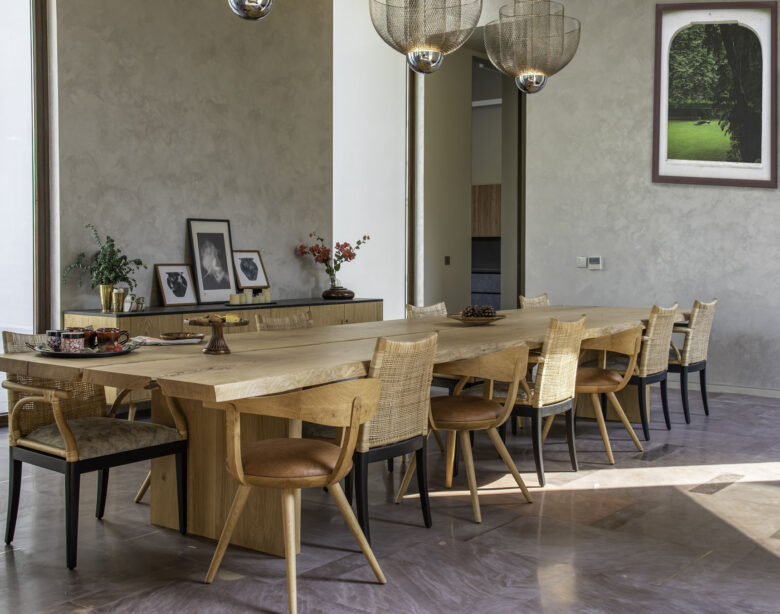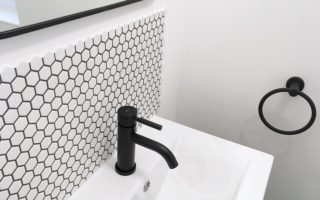Table of Contents
Custom wood tables are more than mere furniture—they are statements of artistry, craftsmanship, and personal taste. Unlike mass-produced pieces, a bespoke wood table brings character and warmth into a space, marrying function with beauty. From selecting the perfect slab of hardwood to applying the final finish, each step in the creation process contributes to a one-of-a-kind heirloom that will grace your home for generations. Visit: 1ofakindliveedgeslabs.com website
The Allure of Custom Wood Tables
Every custom table begins its life as a unique piece of timber, with its own grain patterns, knots, and color variations. This natural diversity ensures that no two tables are alike, offering a distinctive focal point in any room. The inherent warmth of wood—whether the golden glow of cherry, the deep complexity of walnut, or the rustic charm of reclaimed oak—invites touch and draws the eye, softening contemporary interiors and enriching traditional settings alike. A custom table is not just furniture; it’s living art, evolving in beauty as it develops a rich patina over time.
Selecting the Right Wood Species
Choosing the ideal wood species is a critical first step. Hardwoods such as maple, oak, cherry, walnut, and mahogany are prized for their durability and refined grain, making them excellent candidates for table surfaces. Maple offers a light, consistent tone that suits minimalist designs, while the pronounced figure of walnut lends luxury and depth. Oak strikes a balance between robustness and visual interest, especially when finished to highlight its cathedral grain. For eco-minded homeowners, reclaimed woods—salvaged from barns, factories, or riverbeds—deliver character, sustainability, and a compelling backstory.
The Craftsmanship Journey
Once the wood is selected, skilled artisans translate raw materials into functional masterpieces through a sequence of precise operations:
- Milling and Joinery
After kiln-drying to stabilize moisture content, slabs are milled flat and straight. Tables may be constructed from single slabs or glued panels, depending on design and availability. Joinery techniques—such as mortise-and-tenon, dovetail, or butterfly key inlays—ensure structural integrity and can serve as decorative elements. - Shaping and Design Details
Edges can be tailored to preference: clean, square cornices for a modern aesthetic; gently eased or beveled profiles for transitional styles; or live edges that follow the tree’s natural contour for organic appeal. Legs and bases are crafted to complement the top—tapered columns, hairpin metal legs, sculptural pedestals, or sleek trestles each lend a distinctive look and support. - Sanding and Finishing
Successive sanding—from coarse to ultra-fine grits—smooths the surface and prepares the wood to receive finish. Artisans may apply multiple coats of oil, varnish, lacquer, or resin, each chosen to enhance the grain, protect against moisture and wear, and impart the desired level of sheen. Hand-rubbed oil finishes emphasize tactile warmth, whereas wipe-on varnishes offer durable, low-maintenance protection.
Design Considerations for Every Space
Custom tables can be tailored in size, shape, and style to fit any environment:
- Rectangular tables suit dining rooms and conference areas, maximizing seating capacity.
- Round or oval tops encourage intimate conversation and work well in smaller dining nooks.
- Live-edge slabs make bold statements in great rooms or executive offices.
- Extendable designs combine everyday practicality with the flexibility to host larger gatherings.
Thoughtful considerations—such as apron clearance for comfortable legroom, coordination with existing décor, and integration of mixed materials (metal, glass, or stone accents)—ensure that the finished piece feels cohesive and purposeful.
Functional and Aesthetic Benefits
A custom wood table offers advantages beyond its visual appeal:
- Longevity: Solid hardwood withstands daily use far better than veneered or particle-board alternatives.
- Repairability: Unlike synthetic surfaces, scratched or dented wood can often be sanded and refinished.
- Timelessness: Well-crafted joinery and classic silhouettes endure changing design trends.
- Personalization: Clients can incorporate inlays, brand logos, or embedded LED lighting to reflect their identity or brand.
Whether serving as a focal point for family meals, a collaborative work surface, or a display platform in a foyer, a custom table adapts to myriad functions while retaining its handcrafted charm.
Caring for Your Custom Wood Table
Proper maintenance preserves both beauty and structural integrity:
- Regular Cleaning
Wipe spills promptly with a soft, damp cloth. Avoid harsh chemicals or abrasive cleaners that can strip finish. - Preventative Measures
Use coasters, placemats, and felt pads under decorative objects to guard against water rings and scratches.
Protect surfaces from heat by placing trivets under hot dishes or cookware. - Periodic Refinishing
Depending on wear, a light sanding and application of a fresh coat of oil or varnish every few years will revitalize the surface, reinforcing moisture resistance and deepening the wood’s natural luster.
Investing in Craftsmanship
The value of a custom wood table extends far beyond its price tag. Each piece represents hours of skilled labor, meticulous attention to detail, and a partnership between craftsman and client. By investing in a bespoke table, you not only acquire a functional asset but also support traditional woodworking arts and sustainable forestry practices when responsibly sourced materials are used.
Conclusion
Custom wood tables marry form and function in a way that ready-made furniture simply cannot match. From the selection of the perfect species through the nuanced execution of joinery, shaping, and finishing, every stage imbues the final piece with authenticity and character. Whether gracing a home dining room, anchoring a corporate boardroom, or serving as an artisan focal point in a boutique retail space, a bespoke wood table elevates its surroundings with timeless elegance and enduring quality. In choosing a handcrafted table, you embrace the legacy of woodworking mastery and create a lasting centerpiece for memories yet to come.




